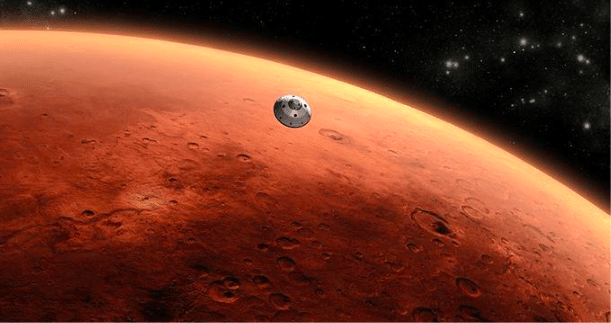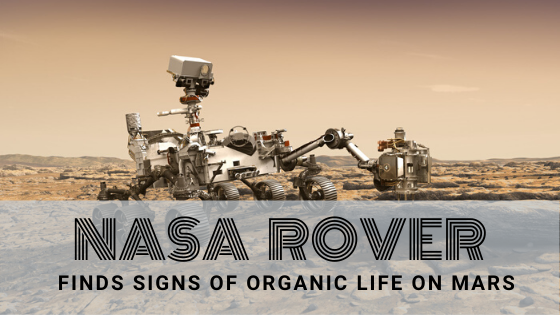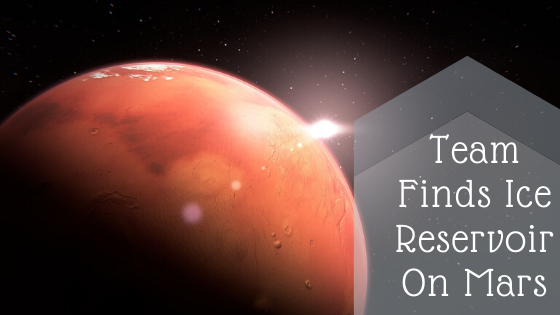Water Deposition And Possible Water Cycles On Comet 67P/Churyumov-Gerasimenko

Whether called “dirty snowballs” or “icy dirtballs,” comets are rich in water ice. However, until today, little is known about the nature of cometary water…
Read more










